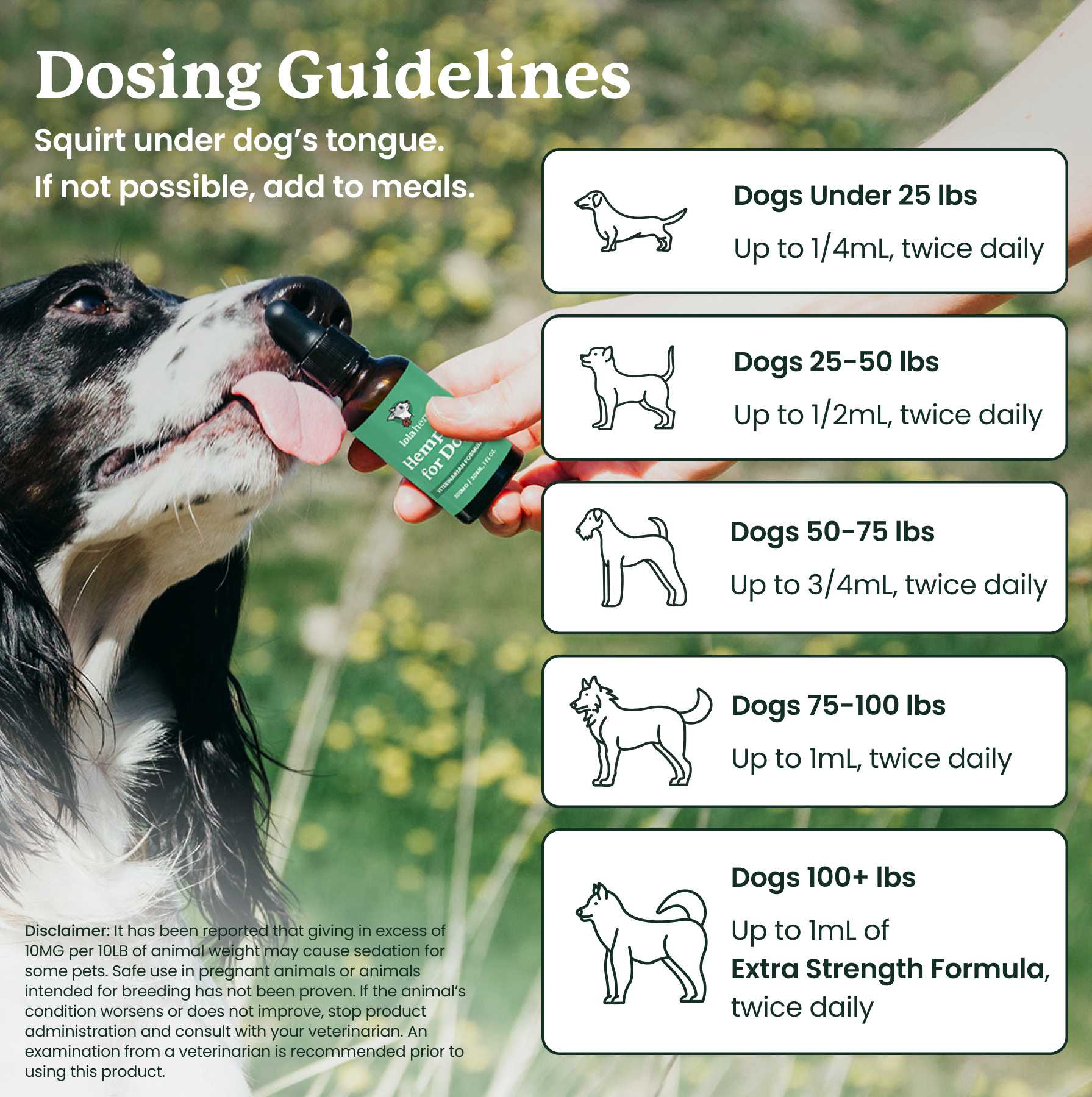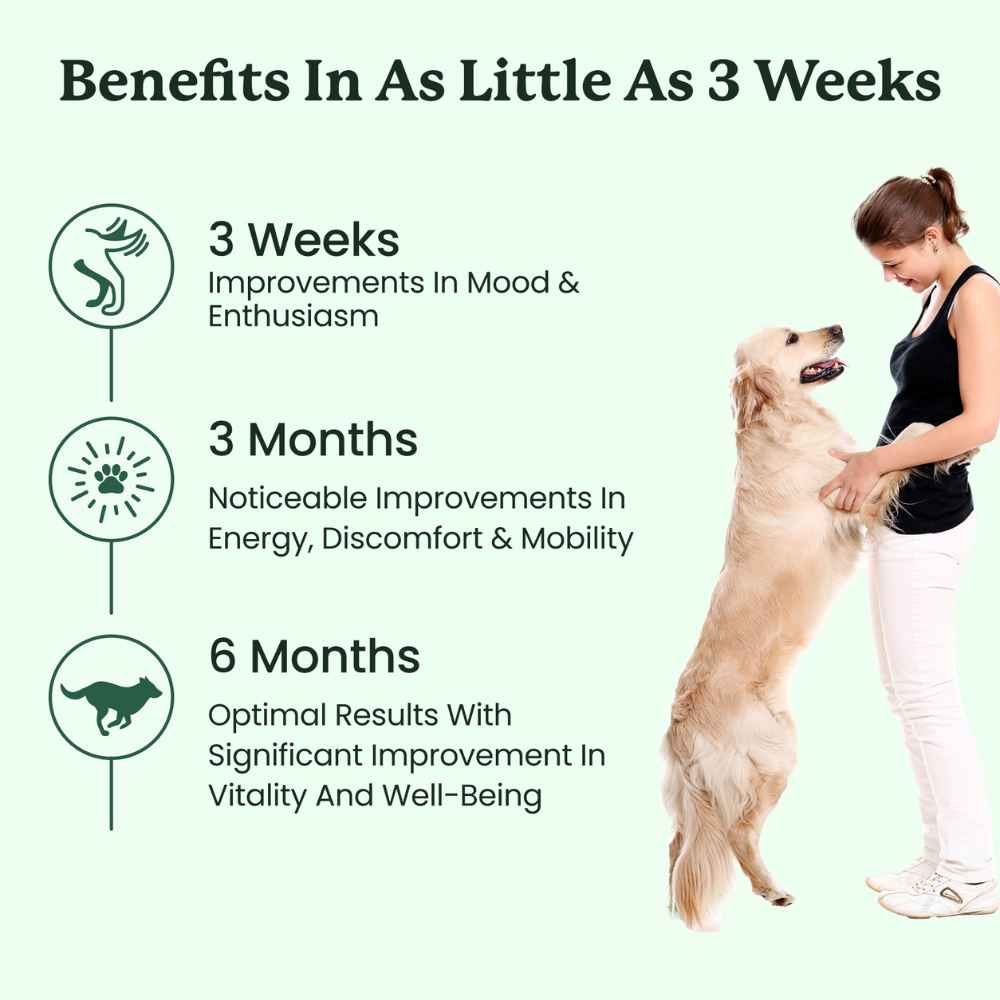Science is catching up to what many pet owners already suspect—dogs can experience emotional lows, anxiety, and periods of depression, but we’re often blind to them.
While depression symptoms like withdrawal or disinterest don’t automatically mean a dog is clinically depressed, one study found that 18% of dogs show depression-like behaviors on a weekly basis.
But when do these small signs reflect something deeper—something like clinical depression?
What are The Causes of Depression in Dogs?
Canine depression is hard to spot for pet owners because dogs are already very emotional, and a few periods of boredom or sadness don’t necessarily mean your dog is depressed.
Because it’s so tricky to spot depression in comparison to sadness or boredom in dogs, you’re more likely to find an answer by investigating whether or not any of the causes of canine depression are present in your home.
Let’s look at the key causes, and see whether or not they could apply to your dog.
1. Significant Life Changes or Acute Stress
Substantial changes to a dog’s life can cause them to enter long periods of stress, even entering a dissociated state often referred to as “Awake But Motionless.”
Changes like:
- Sudden rehoming
- Long periods of confinement
- Loss of predictability in life
- Loss of a primary caregiver
These can induce a level of stress that doesn’t go away for weeks or months. The stress of confusion, sadness, or extended boredom can evolve into a state of depression in dogs.
2. Loss of Love, After Knowing Love
Studies have found that dogs found as strays or rescued from difficult home situations are less likely to show “awake but motionless” depressive behavior.
Alternatively, dogs who are given up by their owners tend to show more depressive behaviors in their new environments.
This suggests that dogs who are accustomed to deep, loving social bonds are much more affected by the absence of those bonds.
If your dog has recently lost someone they’re extremely close to—especially if that person was a central figure in their daily routine—this could cause a period of depression until your dog adjusts to their new life.
3. Absence of Mental Stimulation
Dogs who spend more time in periods of inactivity are more likely to show “bored” or “depressed” behaviors at times when they would normally be engaged.
Feeding time, playtime, and other moments that should excite a dog may not spark interest in one who’s deprived of stimulation.
Different breeds have different needs:
- Working and herding dogs like collies, shepherds, and retrievers were bred for daily mental and physical engagement. Without it, they can easily become restless or depressed.
- Companion breeds like Shih Tzus, Pekingese, Bulldogs, and Basset Hounds tend to have lower energy needs and can be content with less activity.
4. Owner Behavior & Learned Helplessness
If a dog’s home life lacks emotional stability or consistent routine, it can create chronic stress that leads to an emotional shutdown.
Owners who rely on aversive training, yelling, or withholding affection can inadvertently produce a state of learned helplessness—where the dog gives up trying to change its situation or express its needs.
What are The Signs of Depression in Dogs?
There are many subtle signs of depression in dogs, but one consistent indicator is a prolonged period of lethargy and disinterest in daily activities.
If your dog remains withdrawn or unwilling to play or engage for days or weeks, there’s a good chance they’re experiencing depression or another underlying health issue.
How Can You Help a Depressed Dog?
Fortunately, depression in dogs is usually easier to understand and address than in humans. You can often relieve the symptoms by identifying and correcting the root cause.
Dogs require emotional stability, mental stimulation, and physical activity suited to their breed. Improving your dog’s environment, attention, and daily routine can make a tremendous difference.
Make sure your dog gets:
- Consistent love and positive reinforcement
- Regular exercise and playtime
- Interactive toys and social interaction
- Stable daily routines
If symptoms persist even after these changes, consult your veterinarian to rule out potential medical issues or anxiety disorders.
Conclusion
While dogs can experience depression, the positive news is that it doesn’t have to be long-lived. Emotional or behavioral shifts often signal unmet needs—whether physical, social, or environmental.
Restoring stimulation, exercise, and stability to your dog’s life will likely improve their mood and quality of life. If symptoms remain, speak with your veterinarian to explore further causes and treatment options.
Frequently Asked Questions About Dog Depression
1. Can dogs actually get depressed?
Yes, dogs can experience depression-like behaviors, often due to stress, loss, or lack of stimulation. However, true clinical depression in dogs is rare and should be confirmed by a veterinarian.
2. What are the most common signs of depression in dogs?
Common signs include lethargy, loss of interest in play or food, withdrawal from social interaction, increased sleep, or changes in behavior.
3. What causes depression in dogs?
Major causes include significant life changes, loss of a loved one, lack of mental stimulation, poor owner behavior, or inconsistent routines.
4. How long can dog depression last?
It varies by cause and environment. Many dogs recover within days or weeks once their emotional and physical needs are met, but chronic symptoms may need veterinary attention.
5. Can I treat my dog’s depression at home?
In most cases, yes. Providing consistent affection, exercise, enrichment, and structure often helps. However, if symptoms persist, seek veterinary guidance.
6. When should I see a vet for dog depression?
Consult your vet if symptoms last longer than two weeks, worsen over time, or occur alongside physical symptoms like appetite loss or lethargy.
7. Can CBD oil help dogs with depression?
Some owners use CBD oil to support relaxation and emotional balance in dogs, but it’s important to discuss this with your veterinarian first to ensure safety and proper dosing.










